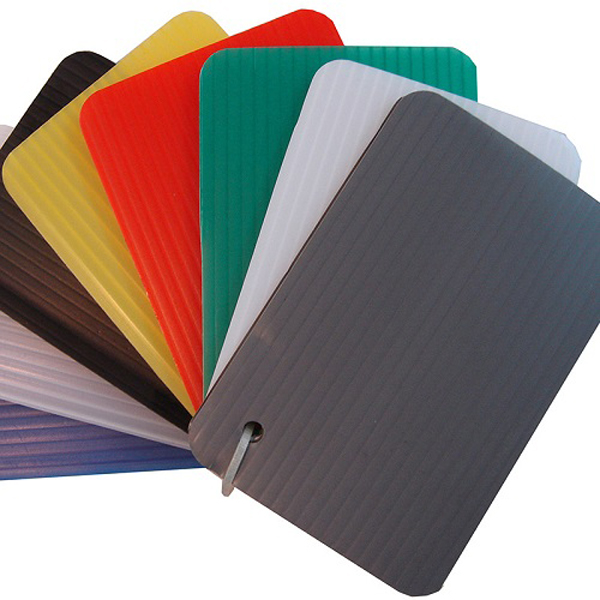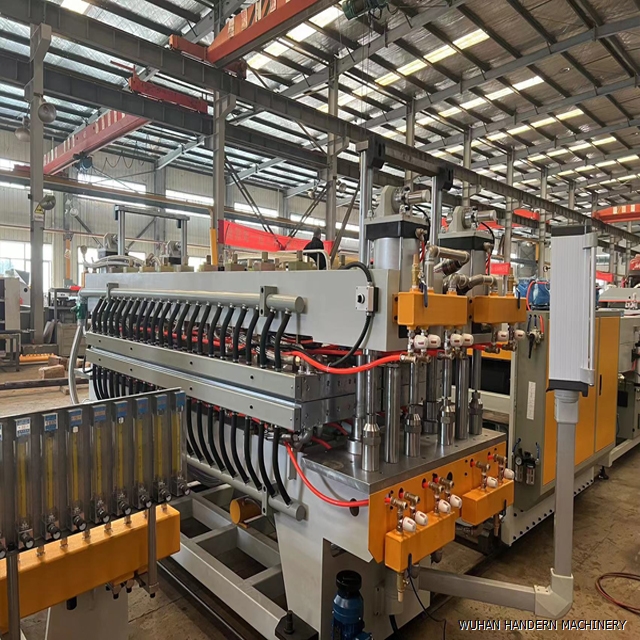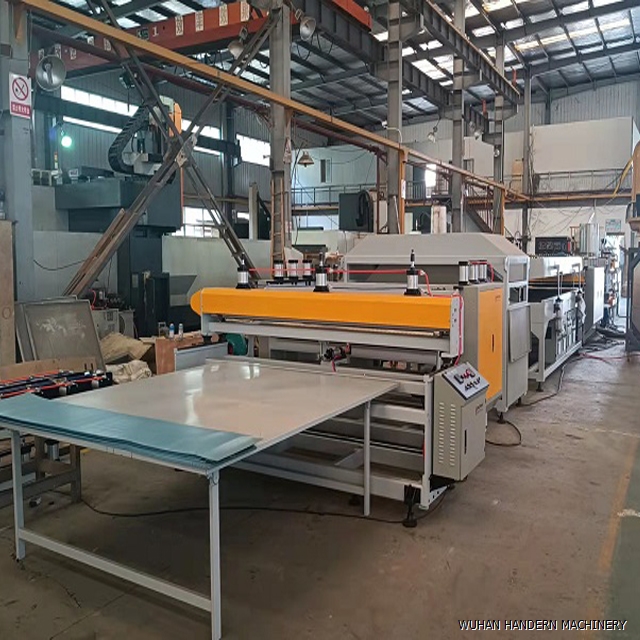How long does it take for biodegradable hollow boards to fully degrade
DATE:2024/9/9 14:45:01 / READ: / SOURCE:This station
Degradable hollow boards usually refer to boards made of biobased materials (such as polylactic acid (PLA), polyhydroxyalkanoates (PHA), etc.) or other biodegradable polymers. These boards not only have good performance, but also can automatically degrade in natural environments, reducing the pollution of plastic products to the environment.

1. Time factor of degradation
The degradation time of degradable hollow boards is influenced by multiple factors, including material composition, environmental conditions, and degradation methods. Generally speaking, the degradation time of different types of biodegradable materials varies greatly under different conditions. Taking polylactic acid (PLA) as an example, under industrial composting conditions, PLA usually takes 3 to 6 months to degrade. In home composting or natural environments, the degradation time may be extended to over a year due to changes in temperature, humidity, and microbial activity.
2. Biodegradation conditions
The degradation process of degradable hollow boards is usually divided into several stages:
Initial stage: Under suitable humidity and temperature conditions, microorganisms will first decompose the surface of the hollow board, producing small molecule compounds.
Acceleration stage: With the increase of microbial activity, the degradation rate of the hollow board will accelerate, and the degradation products produced will be further utilized by microorganisms.
Final stage: After months (or even years) of degradation, the materials inside the degradable hollow board will be completely decomposed into carbon dioxide, water, and other harmless substances.

Environmental conditions play a crucial role in the degradation process of degradable hollow boards. Temperature, humidity, and microbial activity all affect the degradation rate. In industrial composting facilities, higher temperatures and abundant microbial species typically accelerate the degradation process, achieving effective degradation within a few months. In natural environments, when the temperature is low, humidity is uneven, or there is a lack of microorganisms, the degradation process may be significantly slowed down.
4. Comparison with traditional plastics
Compared to traditional plastics such as polyethylene, polypropylene, etc., the degradation time of biodegradable hollow boards is significantly shorter, which may take hundreds of years to degrade in the natural environment. The original intention of designing biodegradable hollow boards is to reduce the long-term impact of plastic waste on the environment, in line with current sustainable development and environmental protection requirements.

In practical applications, it is crucial to ensure the effective degradation of biodegradable hollow boards through proper disposal and handling methods. It is generally recommended to place biodegradable hollow boards into the corresponding composting system to avoid mixing with traditional plastics. Only under appropriate conditions can its degradation characteristics be exerted, achieving the goal of ecological friendliness.
Therefore, the complete degradation time span of degradable hollow boards varies depending on the material and environmental factors, usually ranging from a few months to several years.
Author:admin




